Ukiyo-e to Modern Art: Tracing the Evolution of Japanese Woodblock Printing

In the 16th century, prior to the early Edo period, a new art form emerged—ukiyo e. This art style resulted from a 250-year peaceful period beginning after a drawn-out war cycle. With the new period of peace occurring in the city of Tokyo, the demand for art was at an all-time high. These events led to the creation of ukiyo-e artwork and, eventually, woodblock printing.
Characterized by specific qualities such as bold shapes, flat colors, strong outlines, bright colors, and the inclusion of nature and everyday events, ukiyo-e significantly impacted traditional and modern art globally.
Below, we dive into this traditional art form, exploring its lasting effects on Western and Japanese art.
What is Ukiyo-e?
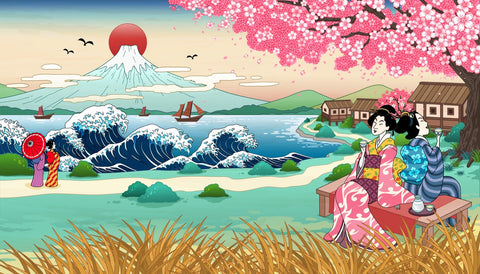
Ukiyo-e is a style of art that developed in Edo City, now known as Tokyo. The word "ukiyo" translates to people, while the letter "e" in this case means picture. Initially, this art form depicted the present-day life of those in Tokyo, from hanami (cherry blossom viewing) celebrations to festivals and even simply attractive women performing everyday activities. Hand-painted scrolls were also a popular form of the Japanese art form ukiyo-e. Through the years, woodblock printing evolved, featuring varying subjects from those famous in entertainment at the time, such as sumo wrestlers, to bold landscapes. This art form remained popular in Japan from the 17th to 19th centuries.
The Start of Ukiyo-e in Japan: A Brief History
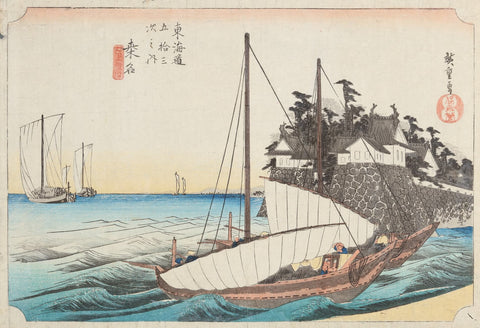
As mentioned, this Japanese art, also known as woodblock printing, initially began when Japanese people were settling in after a long period of war. During the 250 years of relative peace, the Tokugawa shoguns ruled the country. In this period, the merchants who had previously enjoyed political power and large amounts of wealth were shifted to the lower end of the hierarchy, effectively removing any political power they once had. Because of this shift, the merchants were left wanting access to those higher up on the hierarchy, which happened to be farmers, artisans, and warriors in this period.
This desire to be viewed as equals with those in more powerful positions led the merchants to explore art and culture more thoroughly. What resulted was a collaboration between the townspeople, artisans, and merchants, creating ukiyo-e, which ultimately provided a boost in political power among the groups. At the start, ukiyo-e prints were thought of as art for those lower in the hierarchy. However, the skilled techniques and artistry required to create ukiyo-e led this Japanese art style to become highly popularized, especially as it was affordable and sophisticated, with its incorporated themes derived from classical literature and historical events.

Initially, this Japanese painting style was strictly made with black ink, the same ink used to craft calligraphy. At the start, this art was handmade and drawn individually. However, as the printing process evolved, these same pieces of art shifted to Japanese woodblock prints. Because these prints could now more easily be created using woodblock printmaking, the pricing was very affordable for the citizens of Tokyo. This led to many people being able to afford art, as one ukiyo - e print was about the same cost as a bowl of soba noodles during this period.
From this initial version of ukiyo e, additional colors were added as demand increased. Eventually, this art style became more elaborate, with a wide range of colors added to each Japanese-style art piece. This more lavish style of ukiyo-e also included portions of art that were embossed, glossy, and covered with gold flakes.
Famed Ukiyo-e Artists and Their Contributions to Ukiyo e
Many Japanese artists in the ukiyo-e space have impacted this art style through the years. However, a few famed artists are worth mentioning in particular, due to their contributions to ukiyo e. Hishikawa Moronobu is a must-know in the ukiyo-e art space. He is considered "the founder of ukiyo-e", as he greatly impacted the art style.
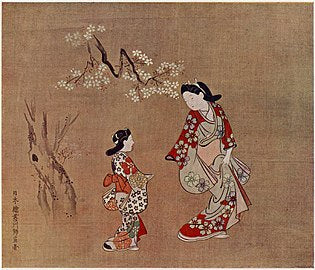
Already an artist before moving to Tokyo, Moronobu accepted a job crafting book illustrations with woodblock printing. Because of the higher cost of these books, they remained unaffordable for the majority of Tokyo's citizens. This led to Moronobu producing artwork using woodblock printing, which allowed a larger group of people to purchase ukiyo e art, thus spreading the artwork style throughout Tokyo.
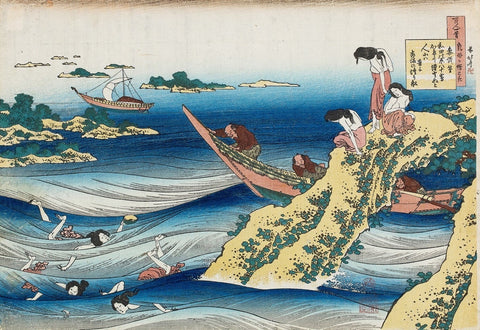
Another well-known Ukiyo-e artist is Hokusai Katsushika, an artist who lived until he was 90 years old, earning him the title of one of the longest-living Ukiyo-e artists. This long life allowed him time to craft a significant amount of artwork. Because of his long career, Katsushika left behind around 30,000 pieces of ukiyo e art. Though he created many works of art, he was considered a "starving artist" as he often used any money gained for art supplies over necessities like food and shelter. In particular, he is known for crafting many art pieces depicting Mt. Fuji. He remains a globally famous ukiyo-e artist, even to this day.
From Traditional Japanese Paintings to Promotional Content
As mentioned, ukiyo-e began as hand-painted works of art with simple black lines that created a contrast with the paper background. The initial form of ukiyo-e paintings was in the bijin-ga style, which translates to "beautiful person picture." This popular style of ukiyo e often included images of famous courtesans (celebrities at the time) or women considered beautiful by their local town/city people. This traditional style shifted over the years, providing insight into the current beauty standards at the time. For example, in some periods, women were painted with a more "willowy" form, in others, they appeared more dainty in the ukiyo-e artwork.

From there, the artwork shifted to the shunga style, centered around explicit content involving courtesans and "regular" people alike. Depending on the artist, this particular style ranged from more subtle artwork to options that were more graphic. The next style to make an appearance was Yakusha-e, also known as actor portraits. This form of art focused on kabuki actors and was created as a single sheet print that could be passed out after performances or as a method of promotion. This is where the switch from painting to woodblock prints can be seen clearly, as these prints were notorious for being cheap to create.
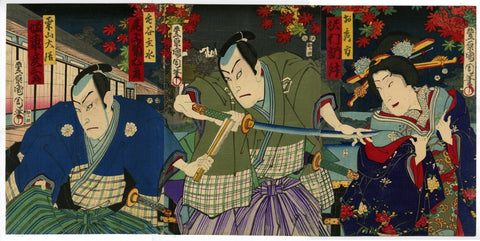
Later forms of ukiyo-e shifted from humans as the focal point to nature, with bird and flower and landscape styles becoming the new normal for ukiyo-e artists. These natural landscapes which appeared at the end of the ukiyo-e creation period, along with ukiyo-e art in the world of advertising very much remain relevant today globally.
Ukiyo-e's Influence on Contemporary Art Forms
In the 1800s, ukiyo-e began spreading to the US, catching the eye of famous artists such as Van Gogh, Monet, and Degas. This influenced many of their most famous paintings, leading to elements of this Japanese artwork style being incorporated into various art pieces. For example, many of the most famous paintings created by top impressionist artists include bold lines and large patches of color.
Even today, ukiyo-e continues to influence newer art forms outside of what can be seen at locations like the Metropolitan Museum of Art, such as branding and graphic design. Natural landscapes, thick lines, and a particular style of human portrayal appear in these modern creative industries. While it has had a major influence in the Western world, it's worth noting that this art style has made a comeback in Japan as well. It remains a commonly used Japanese art style that is often seen in advertisements in Japan.
Indulge in Japanese Culture with Japan Crate
If you enjoy learning more about Japanese culture and art, consider subscribing to Japan Crate, a monthly snack subscription featuring themes based on Japanese holidays, events, and other aspects of local culture. Each month, you'll receive an array of 15-17 Japanese snacks, from sweet to savory, based on the pre-determined theme. Inside each crate is a collectible item centered on the monthly theme, providing a unique way to memorialize all snack subscription boxes received. Additional themed games and prizes take the excitement of each crate to the next level.
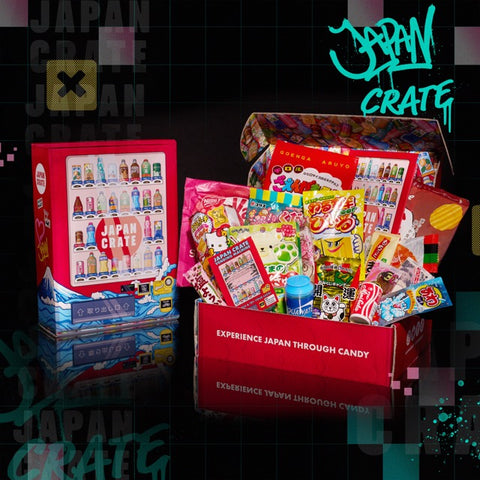
Subscribe to Japan Crate now to simultaneously learn about exciting topics ranging from Japanese arts, like manga, to cherry blossom viewing while indulging in high-quality treats!
Author Bio



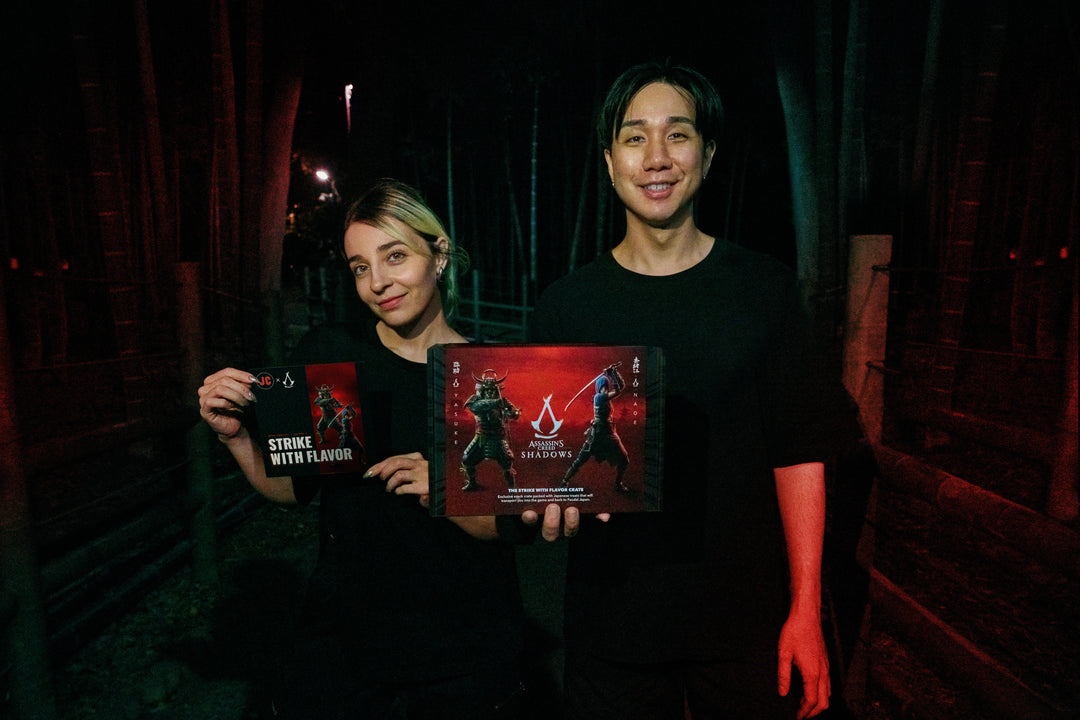
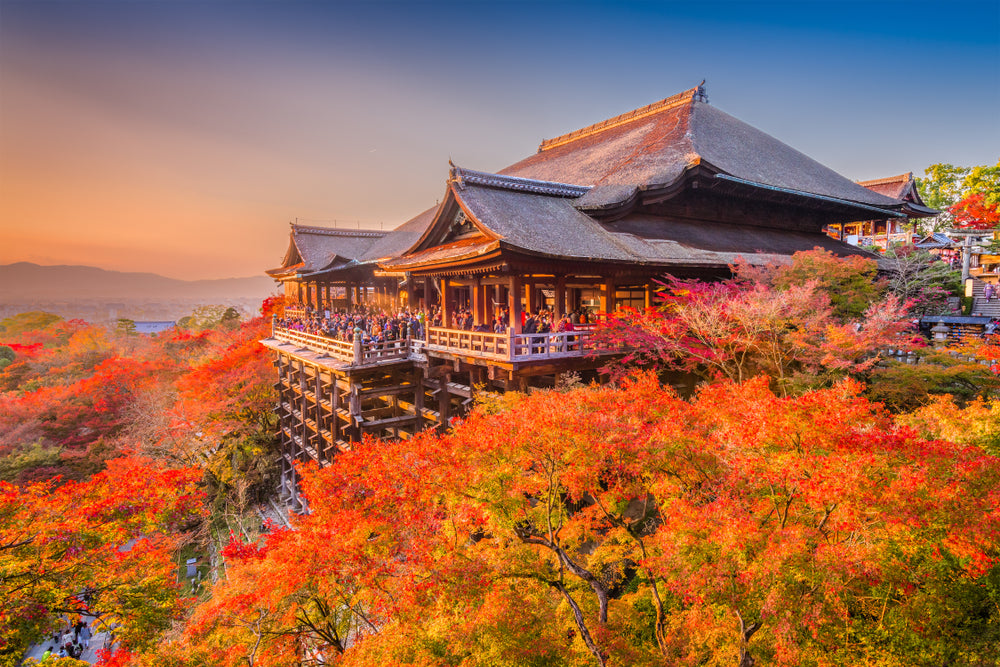
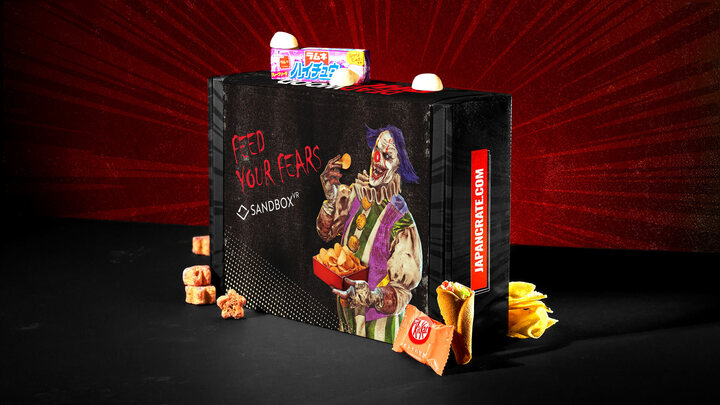
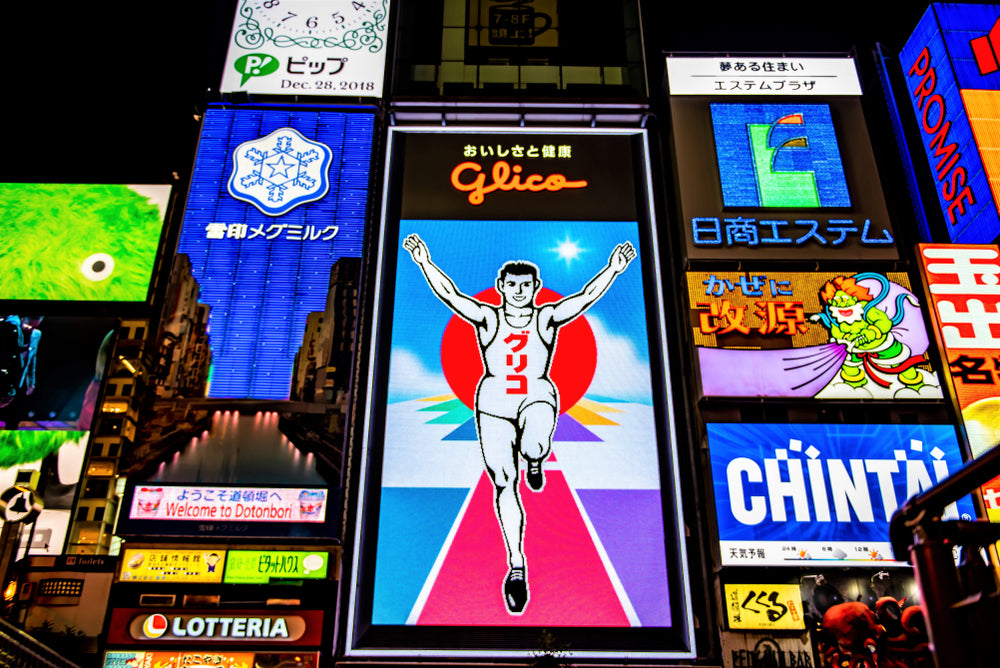
Leave a comment